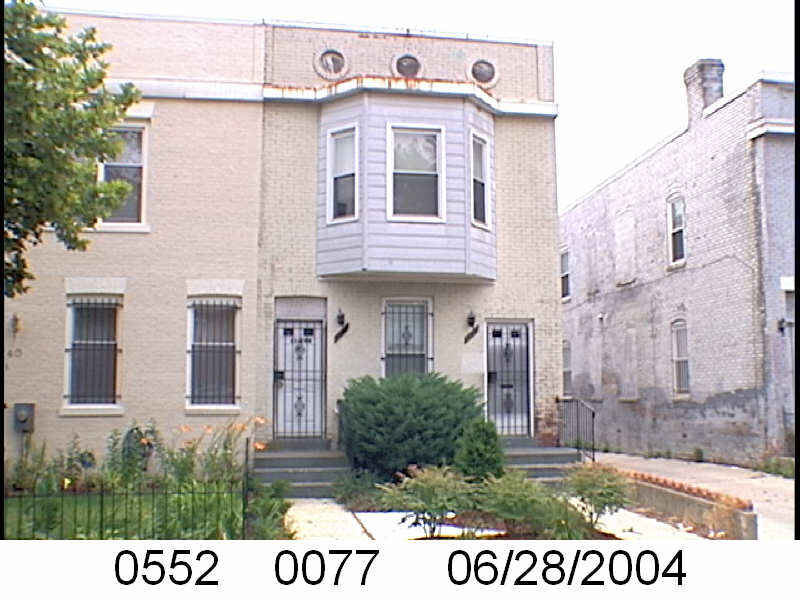The Washington Sanitary Improvement Company (WSIC) was a late 19th century charitable capitalism experiment that ended in the 1950s. This blog started looking at the homes that were supposed to be sold to African American home buyers, after decades of mainly renting to white tenants.
Looking at WSIC properties they tend to have a pattern where the properties were sold to a three business partners, Nathaniel J. Taube, Nathan Levin and James B. Evans as the Colonial Investment Co. for $3 million dollars. Those partners sold to African American buyers. There was usually a foreclosure. Then the property wound up in the hands of George Basiliko and or the DC Redevelopment Land Agency (RLA). Then there were the odd lucky ones who managed to avoid that fate.
Let’s see what happens with 217 Bates St NW:
- December 1950 (recorded Jan 18, 1951) Evans, Levin and Taube sold one-half of 217 Bates NW to James E. Barnes and Juanita Settlers.
- December 1950 (recorded Jan 18, 1951) Barnes and Settlers borrowed $2,525 from Colonial Investment Co. favorite trustees Abraham H. Levin and Robert G. Weightman.
- December 1950 (recorded Jan 18, 1951) Evans, Levin, and Taube sold the other half of 217 Bates St NW to Willie M. and Willis R. Roberson.
- December 1950 the Robersons borrowed $2,525 from trustees Abraham H. Levin and Robert G. Weightman.
- October 1961 (Recorded 8/8/1973) the Robersons sold their half to Evans, Nathan Levin’s survivors and Taube.
- November 1961, Colonial Inv. Co. parties sold half to Sophia and George Basiliko.
- May 1962 the Robersons were released from their mortgage.
- March 1969 Settlers and Barnes were released from their mortgage.
This one is a mixed bag because Basiliko winds up buying out the Barnes estate in 2001.










